Physics 1.1 Electrical Circuits
1/30
Earn XP
Description and Tags
Name | Mastery | Learn | Test | Matching | Spaced |
|---|
No study sessions yet.
31 Terms
Draw the circuit symbol for a switch.

Draw the circuit symbol for a cell.
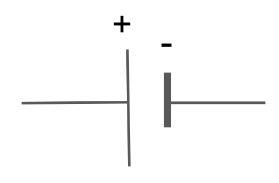
Draw the circuit symbol for a battery.
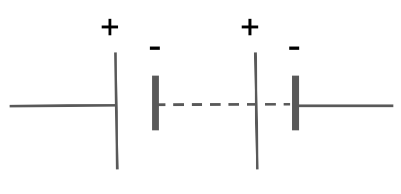
Draw the circuit symbol for a lamp.
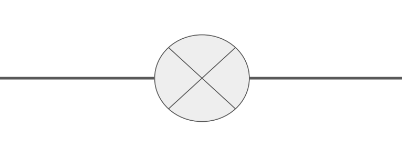
Draw the circuit symbol for a fuse.
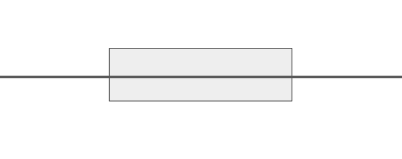
Draw the circuit symbol for a voltmeter.
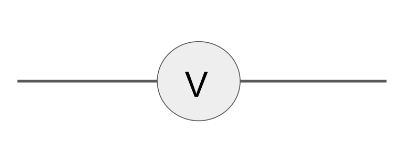
Draw the circuit symbol for an ammeter.

Draw the circuit symbol for a diode.
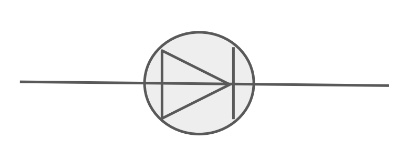
Draw the circuit symbol for a resistor.
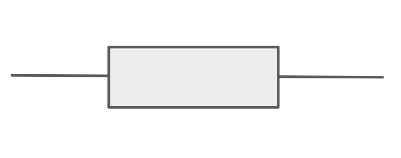
Draw the circuit symbol for a thermistor.
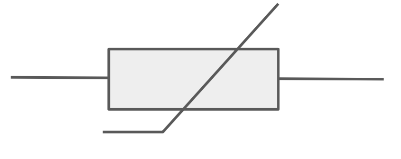
Draw the circuit symbol for a variable resistor.
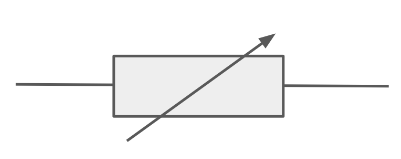
Draw the circuit symbol for an LDR.
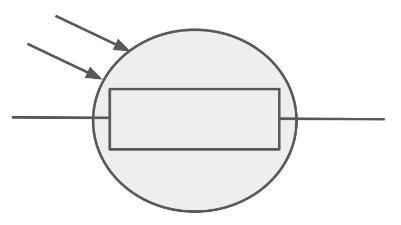
Draw the circuit symbol for an LED.
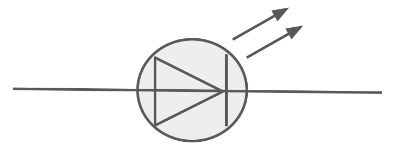
What is electric current?
The flow of electrical charge.
What can be said about the value of current at any point in a series circuit?
Current is the same at all points in a closed loop.
What two factors does the current in a circuit depend on?
Potential Difference (V) Resistance (R)
What equation should be used to calculate potential difference if current and resistance are known? State the units for all 3 quantities.
V = I R Potential Difference (V), Current (A), Resistance (Ω)
What is an ‘Ohmic Conductor’? State the condition required.
A conductor for which current and potential difference are directly proportional. Resistance remains constant as current changes. Temperature must be constant.
List four components for which resistance is not constant as current changes.
Lamps Diodes Thermistors Light Dependant Resistors (LDRs)
What happens to the resistance of a filament lamp as the temperature increases? Why?
Resistance increases. Ions in metal have more energy, so vibrate more, causing more collisions with electrons as they flow through the metal, creating greater resistance to current flow.
What is special about current flow through a diode?
The current only flows in one direction. Resistance is very high in the other direction, preventing current flow.
State what happens to the resistance of a thermistor as temperature increases.
The thermistor’s resistance decreases.
Give two examples of when a thermistor may be used.
In a thermostat to turn a heater on below a certain temperature. In a freezer to turn on a cooler when the temperature becomes too high.
State what happens to the resistance of a LDR as light intensity decreases.
The LDR’s resistance increases.
Give an application for a LDR.
Street lamps or night lights. When light levels become too low, the light gains sufficient current to turn on.
What are the two ways that a component can be connected in a circuit?
Series (same loop) Parallel (adjacent loop)
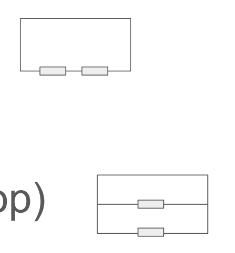
How does the potential difference across two components vary when connected in series and parallel?
Series: Total P.D is shared between each component. Parallel: P.D across each component is the same.
If two resistors are connected in parallel, what can be said about their combined total resistance?
Their total resistance is less than the smallest of the two individual resistances.
If two resistors are connected in series, what can be said about their total resistance?
Their total combined resistance is equal to the sum of the two individual resistances.
State two equations for the power of a circuit. Give appropriate units.
P = I V P = I² R Power P (Watts), Current I (Amperes), Potential Difference V (Volts), Resistance R (Ohms)
State an equation linking energy transferred, power, and time. Give appropriate units.
E = P t Energy E (Joules), Power P (Watts), Time t (Seconds)/